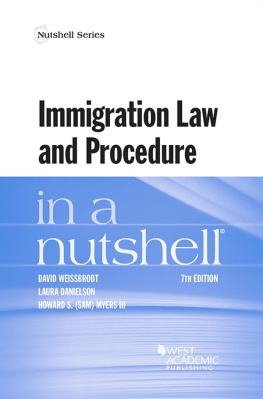WE BELIEVE IN THE VALUE OF COMPETITION AND FREE ENTERPRISE. WE BELIEVE IN THE POWER OF THE MARKET.
AMERICANS BELIEVE IN EQUAL OPPORTUNITY FOR EVERYONE.
GOVERNMENT SHOULDNT MEDDLE IN PEOPLES LIVES. WE SHOULD HAVE THE LIBERTY TO MAKE OUR OWN CHOICES, SO LONG AS THEY DONT HURT OTER PEOPLE.
These core values have been interpreted differently though history. While the Declaration of Independence (1776) declared that all men are created equal, equality in the United States meant something very different at the time of the ratification of the Constitution (1787) than it does today. For example, slavery was not abolished until 1865, 246 years after slaves were first brought to America, and it wasnt until the passage of the Voting Rights Act (1965) that most African Americans truly gained not just the right but the ability to vote. Before that, Jim Crow laws (at the time, Jim Crow was a derisive slang term for a black man) in the South were based on white supremacist ideologies, and they enforced segregation between whites and blacks.
MY FATHER GREW UP IN ALABAMA AT A TIME WHEN VIOLENCE AND INTIMIDATION MADE IT NEXT TO IMPOSSIBLE TO VOTE SAFELY.
DESPITE ALL OF THIS, HE VOTED EVERY CHANCE HE COULD.
BECAUSE OF THIS STRUGGLE OF THOSE WHO CAME BEFORE ME, I TREASURE MY RIGHT TO VOTE FREELY AND TEACH MY CHILDREN TO DO THE SAME.
POLITICAL IDEOLOGY
While we can identify shared, core values that are more or less widely held, there are many values that are interpreted differently by, or are unique to, different groups in society. These values tend to be bundled into a political ideology, which provides a roadmap with which we make sense of our world. A political ideology can be held by an individual or a group, but it tends to contain values, understandings, and beliefs about how the political and social world can and should work. In the United States, as in many parts of the world, we can broadly divide political ideologies into two different camps: liberal (also referred to as left-wing) and conservative (or right-wing). Both ideologies have economic and social components. Unlike other nations, we do not have widely-shared communist or socialist ideologies.
SOCIAL LIBERALISM
We can divide liberalism in terms of its social and economic components, although the two often go hand-in-hand. Social liberals believe in equality of opportunity everyone has the same access to economic, social, and political opportunities and, to some degree, equality of results opportunity leads to more equal social and material conditions. They feel that government can play a key role in promoting both.
Social policy tends to inform economic policy, as, for example, through government programs to aid poor and marginalized members of society. Social liberals tend to be in favor of affirmative action: government policies that give advantage to groups which have historically faced discrimination. Other key liberal social issues include upholding access to abortion, protecting immigrant rights, restricting gun access, protecting same-sex marriage, abolishing the death penalty, providing universal health care, and protecting the environment.
PEOPLE SHOULD HAVE A RIGHT TO CHOOSE WHAT HAPPENS TO THEIR BODY AND WHO THEY LOVE. THOSE ARE FUNDAMENTAL HUMAN RIGHTS.
LIBERALISM MEANS BEING ON THE RIGHT SIDE OF HISTORY AND ADDRESSING THE WRONGS OF THE PAST.
ECONOMIC LIBERALISM
Modern economic liberalism in the United States is quite different from the liberalism of classic economic theory or of other modern nations. Liberal economic theory, based on the ideas of the economist Adam Smith (172390), believes in the power of a market entirely free from regulation, with open economic borders, and in the idea that people are naturally inclined to truck, barter, and exchange. Modern American liberals deviate from this, believing that the governments role is to intervene in the market to correct for the human and economic toll of unbridled capitalism.
This ideology came to full fruition in the wake of the Great Depression (192939). During this time, the economist John Maynard Keynes (18831946) inspired what was known as the Keynesian Revolution, and governments around the world (including that of Franklin D. Roosevelt) began to adopt his policy recommendation that deficit spending where government spending exceeds revenue was not only okay but necessary for economic recovery and growth.
FDR CREATED JOBS FOR MILLIONS BY SETTING UP PUBLIC WORKS PROGRAMS, BUILDING SCHOOLS, PARKS, HOSPITALS AND ROADS.

















